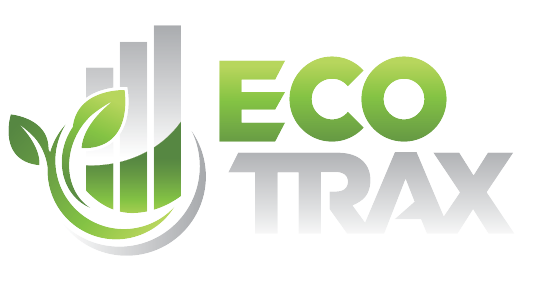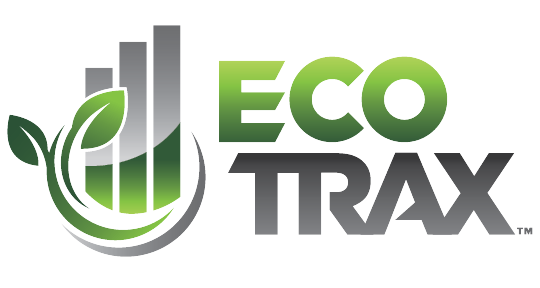Safety and sustainability are two critical elements that should go hand in hand in hand in the corporate world, especially in supply chains and distribution centers. The key principles and practices that make safety programs successful can be applied to sustainability initiatives, creating a unified and effective approach.
Leveraging Safety Principles for Sustainability
Safety programs have long been recognized as fundamental in ensuring the welfare of employees and preventing accidents. Similarly, sustainability requires proactive measures to protect the planet and mitigate climate change. By leveraging the principles and practices from successful safety programs, companies can build equally effective sustainability programs. Elements such as risk management, employee engagement, continuous improvement, compliance and reporting, supply chain collaboration, and technology optimization are vital for both safety and sustainability.
Training for Sustainability
Just as safety programs rely on comprehensive training to ensure employees understand and adhere to safety protocols, sustainability programs require regular training to foster awareness and educate employees about sustainable practices. Training sessions can cover topics such as landfill diversion, waste reduction and recycling, sustainable packaging, and the importance of transparency. By providing employees with the necessary knowledge and skills, companies can empower them to play an active role in promoting sustainability within the organization.
Engaging Employees in Sustainable Practices
Employee engagement is a critical element of both safety and sustainability programs. Just as safety programs encourage employees to take ownership of their safety and contribute to a safe working environment, sustainability programs require active participation and involvement. Companies can engage employees by encouraging them to share innovative ideas for sustainability, recognizing and rewarding sustainable behaviors, and involving them in sustainability decision-making processes. When employees feel engaged and valued, they are more likely to embrace sustainability as an integral part of their daily work.
Continuous Improvement for a Sustainable Future
Continuous improvement is another key aspect of safety programs that can be translated into sustainability initiatives. Just as safety programs aim to identify and address potential hazards continuously, sustainability programs should always strive to find new ways to reduce environmental impact and enhance sustainability performance. Regular audits, assessments, and feedback loops can help identify areas for improvement and drive ongoing progress toward sustainability goals.
Technology Optimization for Sustainable Operations
Technology plays a vital role in both safety and sustainability programs. Like safety programs rely on technological solutions for monitoring, reporting, and analysis, sustainability programs can leverage technology to optimize operations and reduce environmental footprints. Implementing tools and systems to monitor energy and resource consumption, track waste and recycling programs, and optimize supply chain logistics can help companies achieve greater sustainability in their operations.
Compliance and Reporting for Accountability
Compliance with safety regulations is paramount in ensuring a safe working environment. Similarly, regulatory compliance is crucial for sustainability, as it helps companies adhere to environmental laws and regulations. By implementing robust reporting systems and transparent communication channels, companies can demonstrate their commitment to sustainability, report on their progress, and be accountable for their environmental impact.
Achieving Design for Zero-Waste, Zero-Waste to Landfill, and Net-Zero Emissions
Designing for zero-waste, zero-waste to landfill, and net-zero emissions is an ambitious yet achievable goal when all stakeholders are engaged, involved, and committed. By involving suppliers, employees, customers, and partners in the sustainability journey, companies can identify opportunities for waste reduction, improved resource management, and more sustainable practices. Collaboration among stakeholders can lead to innovative solutions, such as using recyclable or compostable materials, circular economy principles, and energy-efficient technologies.
Moreover, robust measurement and reporting systems can help track progress toward these goals. By setting clear targets and regularly monitoring key performance indicators, companies can identify areas where further action is required and continuously improve their sustainability performance. Transparency in reporting allows stakeholders to have visibility into the company’s progress and hold them accountable for their environmental commitments.
Through collective efforts and shared responsibility, businesses can work towards achieving 100% design for zero-waste, zero-waste to landfill, and net-zero emissions. By integrating sustainability into their core business practices, companies can not only contribute to environmental preservation but also gain a competitive advantage, enhance brand reputation, and create a positive impact on society.
About EcoTrax
EcoTrax is a technology-enabled supply chain solutions company that focuses on a mission-critical yet under-resourced area of supply chains – the recyclables, reusables, and waste produced by distribution centers.
Our purpose-built platform and team of industry experts deliver solutions that increase the value and sustainability performance of recyclables while simplifying and modernizing the management of returnable containers such as totes and pooled pallets.


